What Is Deflection Rate? (Plus 7 Strategies That Actually Work)


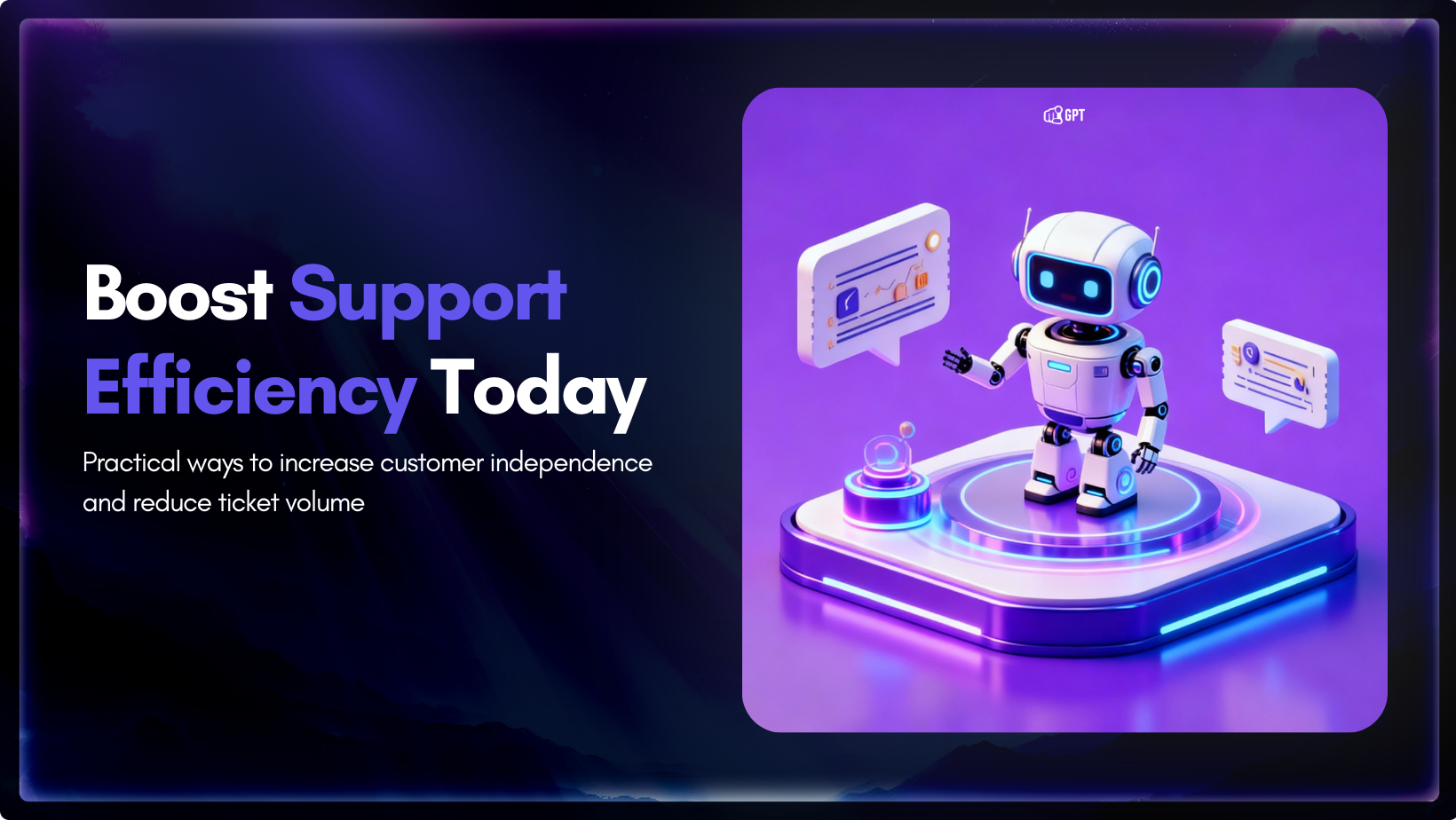
These days, self-service options is the norm for customer support. However, simply having a knowledge base or chatbot is no longer enough.
The most important thing is to determine if these tools are effective. Are your customers getting the answers they need? Or are they simply becoming increasingly irate and will eventually contact your support staff anyway?
The deflection rate is useful for that.
Investing in self-service tools without monitoring deflection rate is like taking a leap of faith. You can think your chatbot is great, but the analytics could show that it’s not.
First, we’ll define deflection rate and then we’ll go over some ways to make it better.
Deflection rate is the percentage of customer support requests that get resolved through self-service options, such as a AI agent, Helpdesk, or FAQ page, without any involvement from your support team.
This means customers find their answers using these tools instead of needing direct assistance from a human representative.
If a customer looks for a solution and finds it through your automated support system instead of posting a ticket or calling, that question is said to have been “deflected.” A higher rate usually means that your self-service infrastructure is handling a lot of traffic and giving customers what they want.
Tracking deflection rate is critical for two main reasons:
It’s important to understand that deflection is only good if the customer actually finds the answer. If a customer uses a tool but leaves without getting an answer, that is not real deflection; it is ticket abandonment.
It is a mistake to celebrate high deflection rates without asking the most important follow-up question: “Did the customer actually get what they needed?”
It is entirely possible to have high deflection numbers and low customer satisfaction simultaneously. This often happens when companies prioritize deflection over resolution—for example, by making it difficult to find contact information or burying the “talk to an agent” button. That isn’t service; it’s obstruction.
To ensure your self-service strategy is working, you need to track two distinct metrics:
Context is everything. A 70% deflection rate where 90% of users find their answer is a success. A 90% deflection rate where only 30% of users find an answer is a retention crisis.
On the surface, the math looks simple. You compare how many people found answers themselves versus the total number of people asking for help.
If you have 100 requests and 40 are solved by your help center or chatbot, that looks like a 40% deflection rate.
But here is where most teams get it wrong.
You can’t just add up “web sessions” and “support tickets” to get your total. If you do that, you are counting the same person twice.
Think about a standard customer journey: A user goes to your help center (1 session). They can’t find the answer, so they email support (1 ticket). If you count both, your data is messy. You aren’t counting two different people; you are counting one person who tried two different ways to solve a problem.
This mistake makes your deflection rate look much worse than it actually is.
To get the real number, you have to stop counting “sessions” and start counting “problems solved.”
Step 1: Find your actual self-service success
Out of everyone who visits your help center or uses your bot, how many actually find their answer?
Step 2: Calculate the “Real” Total
Your real total is the number of people who solved it themselves plus the people who actually had to contact you.
Step 3: Run the Percentage
Now, do the math with the accurate total.
See the difference? By fixing the math, you realize that nearly three-quarters of your customers are getting answers without waiting in a queue.
You already know why deflection matters. What you need now are the actions that support teams use when they want predictable results. These steps are practical, measurable, and based on what works inside real support environments.
Don’t try to document everything at once. Start with the questions your team gets asked most often.
Pull up your support tickets from the last quarter. What are the top 10 or 20 questions? Start there. These are your high-impact opportunities.
Your support team knows exactly what these are. Ask them: “What questions do you wish customers could answer themselves?”
Great help content makes all the difference. If your articles are hard to follow or leave out important information, customers will end up reaching out anyway—no matter how good your self-service options are.
Here’s what works:
Think about the last time you looked up a recipe online. You wanted to follow clear text steps rather than pictures or maybe a video. Your customers want the same from your help content.
You could have the best help articles in the world, but they’re useless if customers can’t find them.
There are two smart ways to make your support content easy to find:
First, you can organize everything yourself. Group articles into categories, write clear and descriptive titles, and add helpful tags. Add the AI search in your helpdesk so people can quickly locate what they need. This method takes a bit of effort, but it gives you complete control over your library.
Alternatively, you can use AI to simplify discovery. With a conversational chatbot powered by generative AI, customers ask their question just as they would in a chat, and the system instantly pulls the right answer from your entire knowledge base.
With YourGPT, you don’t have to spend hours re-organizing content. Just let the AI train on your existing articles and respond to customers in real-time, serving up the right solution no matter how your sources are structured behind the scenes.
Self-service isn’t just about reading articles. It’s about taking action.
Think about what brings customers to your support team. Often it’s things like:
For each of these, ask: could we let customers do this themselves?
Build self-service capabilities that let customers actually complete these tasks without waiting for a support agent. The more actions customers can take on their own, the higher your deflection rate climbs.
With an AI chatbot like YourGPT, customers can even complete these actions within the conversation itself, making the experience seamless.
You want to encourage self-service, but here’s the important part: only after your self-service is actually good.
If you push customers toward self-service before you have quality content and capabilities in place, you’ll just frustrate them. Your CSAT and NPS scores will tank.
But once your self-service is solid, you can:
The key word here is “guide,” not “force.” Always make it easy for customers to reach a human when they need one.
Track which self-service interactions lead to escalations. These are your problem spots.
If customers consistently try to self-serve on a particular issue but end up contacting support anyway, something’s wrong. Either:
Fix these gaps, and you’ll see your deflection rate climb.
Outdated help content quickly lowers your deflection rate. When your product or policies change and your articles do not reflect those updates, customers lose trust in your self-service options and contact support instead.
To keep everything fresh, review your main articles (like once every quarter) and update anything that’s changed. Add new help topics when there are new features or common questions.
Even better, ask your support team to flag outdated content as soon as they see it. Since they work directly with customers, they’ll notice problems first and help keep your help center up to date.
Deflection rate is a customer service metric that measures the percentage of inquiries resolved via self-service channels—like AI agents or knowledge bases—without requiring human intervention. Unlike simple ticket volume, it tracks the prevention of live support cases. Advanced tools like YourGPT drive this metric by not just answering FAQs, but actively resolving complex customer issues automatically.
No, aiming for high deflection alone is dangerous. You must distinguish between two types:
• Good Deflection: The customer found the answer instantly via AI or self-service and is satisfied.
• Bad Deflection: The customer gave up because support was hard to reach, leading to “silent churn.”
The true goal is to maximize Good Deflection while maintaining high CSAT scores, ensuring easy access to human agents when necessary.
To evaluate self-service health, support leaders track a “Success Trifecta”:
1. Deflection Rate: Are customers attempting to use your AI tools?
2. Resolution Rate: Is the AI actually solving the problem, or just deferring it?
3. CSAT (Customer Satisfaction): Are customers happy with the automated experience?
Tracking these together ensures you are solving problems, not just hiding your support team.
Modern self-service includes any channel where a user solves an issue independently. The most effective channels in 2025 include:
• AI Agents: Complete suites like YourGPT that understand complex intent and perform actions.
• Dynamic Knowledge Bases: AI-searchable libraries of FAQs and guides.
• Self-Service Portals: Dashboards for order tracking, billing, and returns.
• Community Forums: Peer-to-peer assistance platforms.
Your AI chatbot is the primary driver of deflection because it sits at the frontline of customer interaction. However, quality matters. A basic bot may deflect only 10% of queries (simple FAQs), while an advanced AI agent like YourGPT can deflect over 60% by handling complex tasks—such as tracking orders or processing refunds—via API integrations, significantly boosting your overall efficiency.
Deflection rate is one of those metrics that can genuinely transform your customer service operations when you get it right.
But getting it right means more than just setting up a knowledge base and hoping for the best. You need:
YourGPT’s AI agent can help you nail all of these. It ingests your existing content, understands natural language questions, provides accurate answers 24/7, and even enables actions within the conversation.
Most importantly, it helps you achieve the golden combination: high deflection paired with high resolution and high customer satisfaction.
Want to see how it works? Create your own AI chatbot for free or schedule a demo to see how YourGPT can help you optimize your deflection rate while keeping your customers happy.
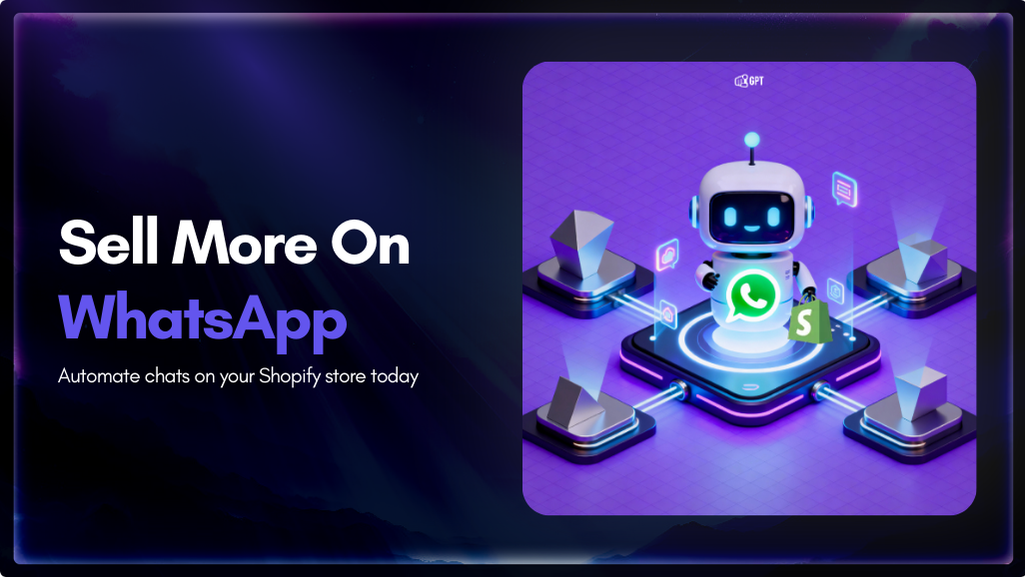
Shopify stores often use a chatbot on their website to handle product questions, order updates, and support. But customers also message on WhatsApp expecting the same quick answers. Most of them already use WhatsApp throughout the day, so reaching out there feels natural. A chatbot that works across both channels responds in seconds, guides purchase […]

Most businesses do not struggle to generate leads. They struggle to know which ones are worth acting on. Forms get filled, DMs arrive, emails are opened, and chats happen across multiple tools. Some prospects convert. Most do not. The real problem is that there is no reliable way to tell, early enough, which signals actually […]


Artificial Intelligence has advanced quickly over the past five years, moving from an experiment to a standard component of modern business. AI has become a central part of enterprise strategy. 88% of organizations are now using AI. This figure has increased from 78% the year before. This transformation is reshaping how companies run, communicate, and […]

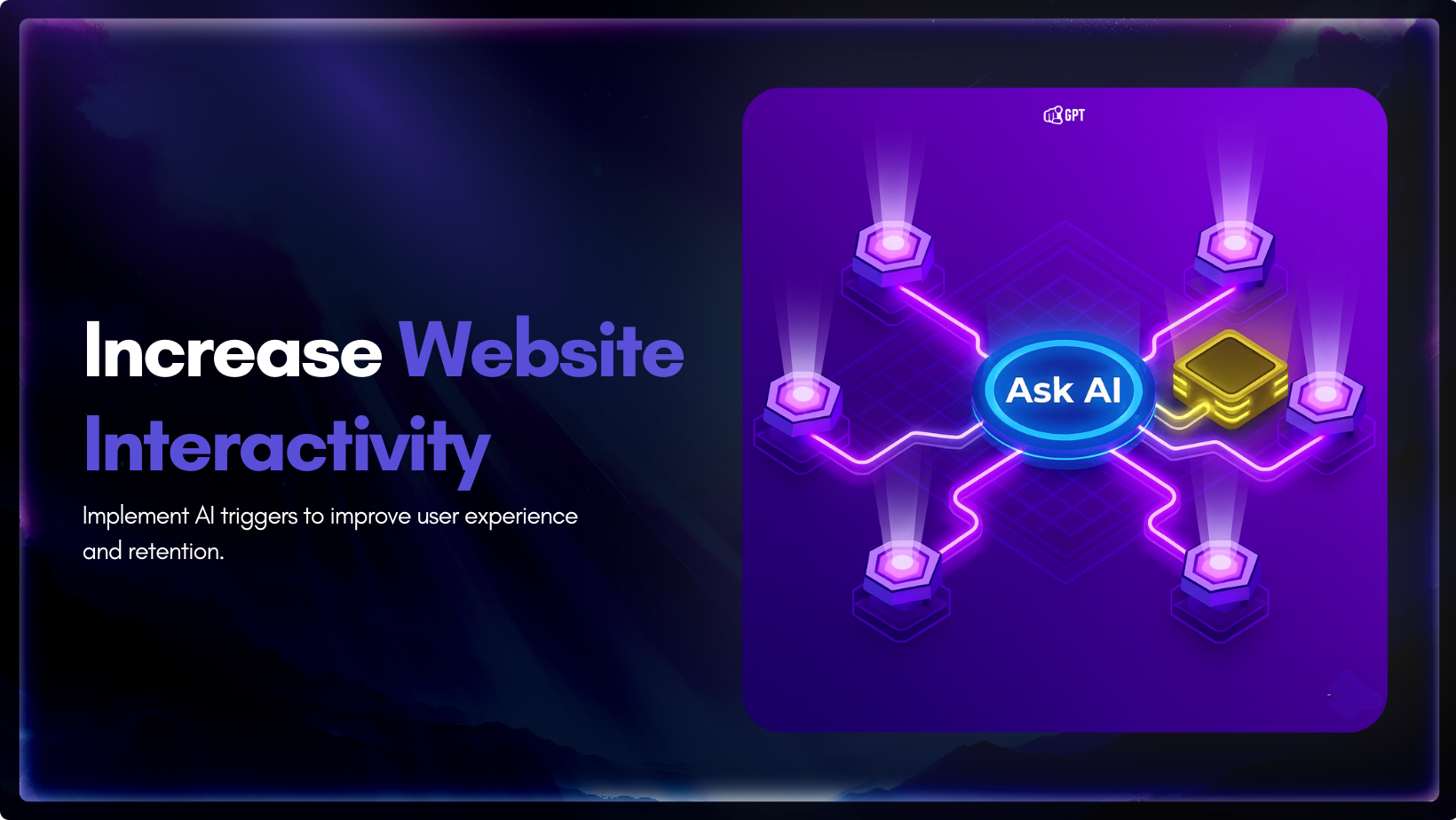
You invest time writing your website copy. You explain features, pricing, and how everything works. The information is there. Still, some visitors leave without clarity, and small gaps in understanding often stop them from moving forward. This happens because a static page cannot adjust to what they want at that moment. They skim a section, […]

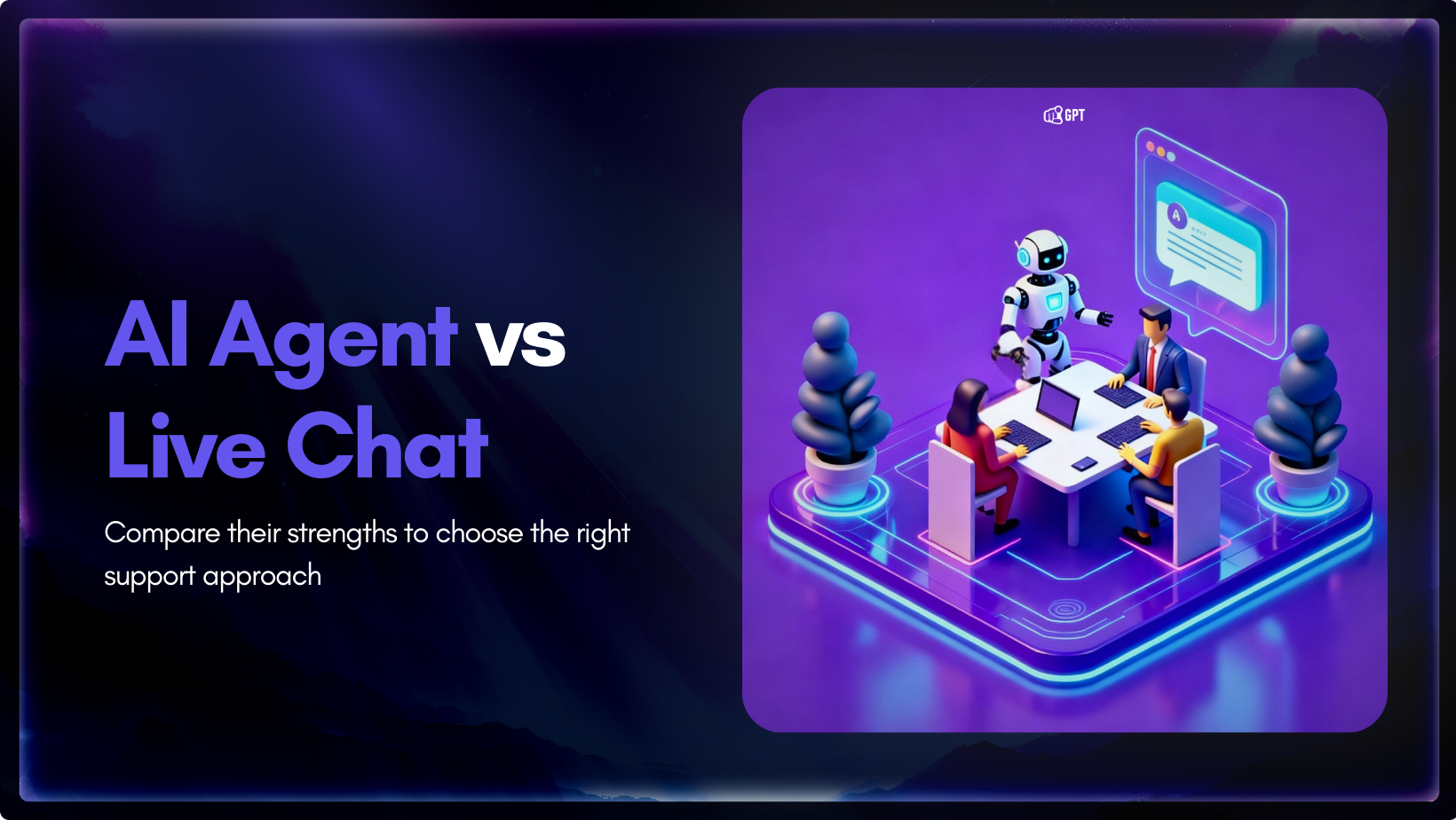
AI agent and live chat each play a different role in customer support, and the choice between them influences how a team handles growth. Companies are moving toward faster support models, and one clear trend is the use of AI to reduce operating costs by up to 30%. The difference shows up when ticket volume […]

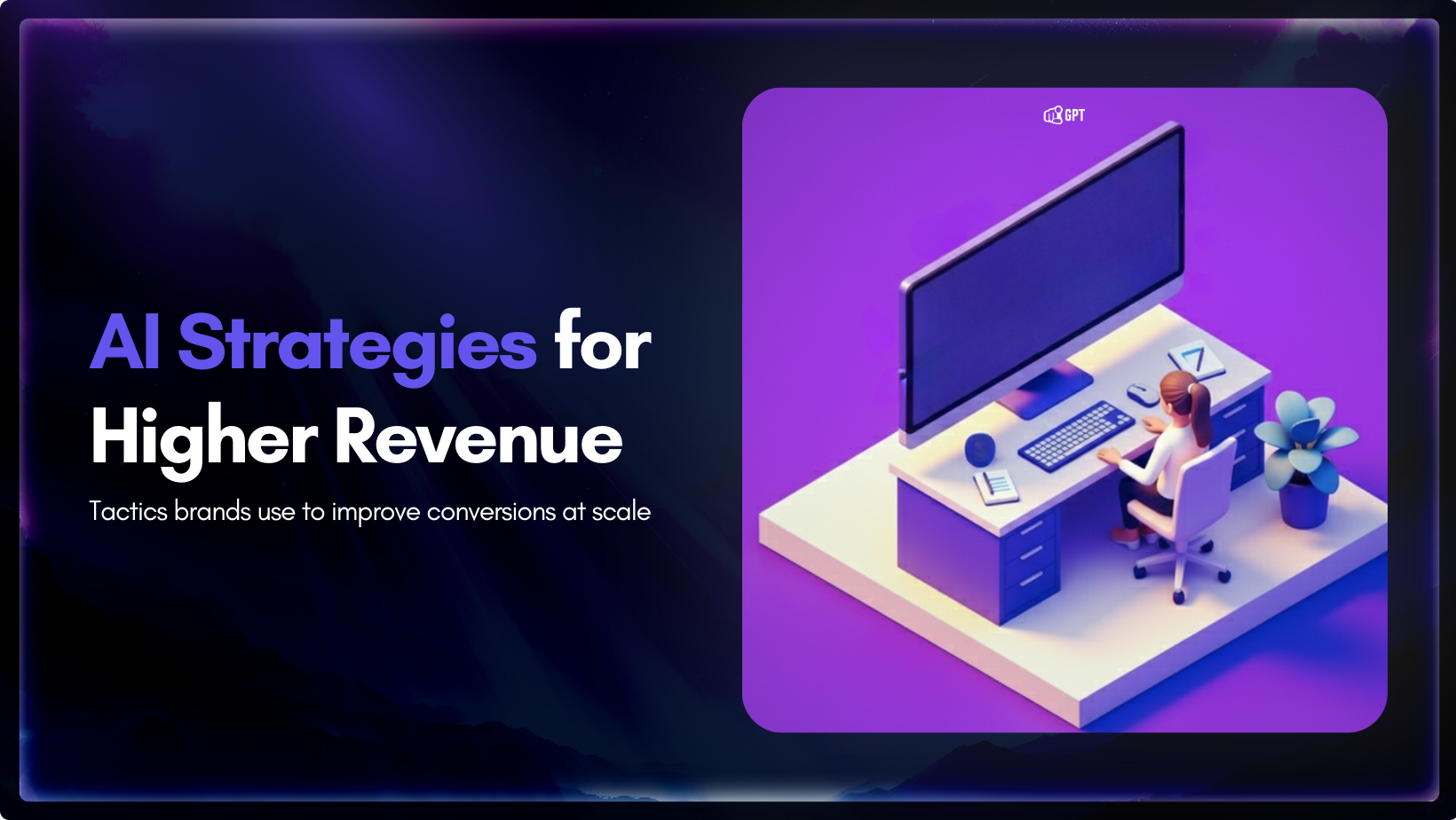
You have definitely heard about the use of AI in marketing. But have you ever seen or learned how it can actually drive revenue? Well, firms using AI in marketing and sales report significant benefits. According to a recent study by McKinsey & Company, revenue increases from AI show up most in marketing and sales, […]
